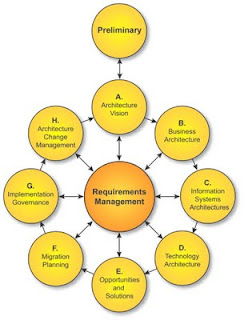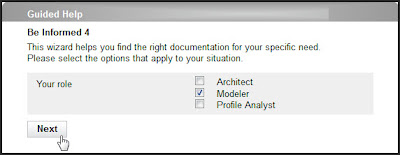Documentation 3.0
The trends in documentation of the past 20 years are under heavy influence of the development of internet technology. Like with the web – where we distinguish between Web 1.0, Web 2.0 and 3.0 - we can see three phases in documentation. I will call them Documentation 1.0, Documentation 2.0 and 3.0. Where Documentation 1.0 is - like Web 1.0 - very much centered on individual products and information, brings Documentation 2.0 a process-driven approach with a focus on re-use. The customer-driven approach of Documentation 3.0 is a logical next step.
But why should we change the way we create documentation?
 First of all the world is changing and so are our users! Things that seem obvious to one individual, don't make any sense to others. Take for instance this photo (shown to the left). It shows a young model holding a camera. In her perception, you hold a compact camera this way. Truth is that she is holding a 1970's Olympus Pen EE-3, a camera with a viewfinder instead of a LCD screen. So you should be aware of a lot of context variables if you create an instruction.
First of all the world is changing and so are our users! Things that seem obvious to one individual, don't make any sense to others. Take for instance this photo (shown to the left). It shows a young model holding a camera. In her perception, you hold a compact camera this way. Truth is that she is holding a 1970's Olympus Pen EE-3, a camera with a viewfinder instead of a LCD screen. So you should be aware of a lot of context variables if you create an instruction.If you would put all those instructions in a manual, this would mean that the total amount of information would increase. And one of the major issues is that our users are already confronted with an ever increasing information overload. There is simply too much information: from too many sources, in too many formats and through too many channels. And only a small part of it is relevant to our users.
How can we solve these problems?
Improving search and aggregating content just is not enough to solve this problem. Also reconstructing content components to new meaningful products or mashups don’t help.
It just multiplies the enormous volume of content that we are already facing. The only way to solve this issue, is by adjusting the information to the context of individual users.
It just multiplies the enormous volume of content that we are already facing. The only way to solve this issue, is by adjusting the information to the context of individual users.
Next time I will talk about the first two phases in the development of Documentation. Enjoy the weekend!
Kees


Comments